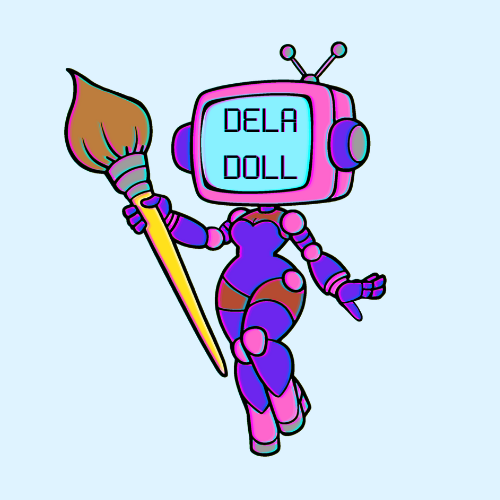WEEK 5
I enjoyed learning about the advent of the “long tail” when it comes to how the internet has changed media production and consumption habits. Because we are no longer bound by the physical when it comes to choices in media, we are aware of more options (and more options are being made) than just what is shown in movie theatres, sold in bookstores, and presented to us on television. We can browse an infinite selection of books, shows, and moves online, and any of these has the potential to become popular or grab our interest at any given time. This is stated in this section of the text:
“With no shelf space to pay for and, in the case of purely digital services like iTunes, no manufacturing costs and hardly any distribution fees, a miss sold is just another sale, with the same margins as a hit. A hit and a miss are on equal economic footing, both just entries in a database called up on demand, both equally worthy of being carried. Suddenly, popularity no longer has a monopoly on profitability,” (Anderson).
There is potential for renewed interest in media that would have been considered old, outdated, and forgotten in the world that existed before OnDemand, Netflix, etc. There is more consumer control over what media becomes popular and what media is available because we now have the ability to easily search for and access exactly what we want, or the ability to discover things just browsing because there’s more to see online a streaming service than ever was or could have been in Blockbuster or any other brick and mortar store.
The anecdote about Jon Krakauer’s books at the start of the chapter is a great example of how the internet has expanded and extended the longevity and life cycles of media. I also find it interesting and perhaps even a little bit inspiring as someone who also likes to write and create things, because it helps to put things into perspective when something I make doesn’t immediately get the reception I was hoping for. There’s always a chance for renewed interest these days.
WEEK 6
It’s very interesting and a bit emotionally and mentally stressful, but necessary, reading about America’s history (and current status) as a surveillance state, particularly in a time of civil and political dissent as the Covid-19 plague ravages the country and issues concerning systemic racism, oppression, police brutality are coming to a boiling point. It was not surprising to learn about how the process for determining whether or not what many would consider to be obvious privacy violations, unethical retaliation, and intimidation tactics is complicated and filled with convenient loopholes that benefit the government and law enforcement more than they do private citizens.
“The analysis begins by pinpointing which constitutional rights are at issue. Courts typically analyze surveillance under the Fourth Amendment by treating it as a search that is subject to a reasonableness requirement, even if the surveillance also intrudes on First Amendment–protected activities. This occurs, in part, because the First Amendment’s protections are broader than the protections of the Fourth Amendment,” (Bara, 2019). This seems simple enough when it comes to determining whether or not the surveillance of protestors is unlawful and a violation of the Fourth Amendment, yet the details are a bit more complicated. I remember learning about the how much of constitutional law is a gray area that is left open to interpretation in law and ethics class, in addition to how the “reasonable expectation of privacy” plays into this particular scenario. The reading points out that protests are “inherently public” demonstrations, which causes issues with that aspect. The reading also states that specific criteria must be met in order to determine whether or not a Fourth Amendment violation has occurred: “This text raises two requirements, which must be met for there to be a Fourth Amendment violation: (1) there must be a search, and (2) that search must be unreasonable,” (Bara, 20). It goes on to talk about various cases and instances pertaining to the issue of protestor surveillance, and it made me think about all of the things I’ve seen on social media where people are warning each other to cover their faces and conceal their identities when they go out to protest because of it. There are also recent cases of law enforcement tracking down protestors using their social media, with one case even being linked back to an Etsy review that was used to identify her. I think it says a lot that we are technically given a right to protest and freedom of speech, but we aren’t actually allowed to practice it without serious repercussions and unethical violations of our privacy. Do we really have these rights when exercising them puts us at risk or retaliation at the hands of those who are supposed to “protect” us?
DeLa Doll is a multifaceted artist, writer, and creator with a passion for bold self-expression. With a background in professional writing, nail artistry, and makeup, she brings a unique perspective to beauty, creativity, and storytelling. As the driving force behind DeLa Doll, she blends artistry with authenticity, sharing her journey of entrepreneurship, self-discovery, and growth. Whether crafting luxury press-on nails, exploring media through a critical and creative lens, or documenting her evolving artistic vision, DeLa Doll invites her audience into a world where imagination meets intention.


